The deadlift is one of the most powerful compound exercises in strength training. It engages nearly every muscle in the body, making it a staple in many athletes' training routines. Whether you're a beginner or an experienced lifter, mastering the deadlift can improve your overall fitness and help you reach new personal records (PRs). In this guide, we’ll dive into the benefits, proper technique, common mistakes to avoid, and tips to maximize your deadlift workout.
What is the Deadlift?
The deadlift is a full-body exercise where you lift a barbell from the ground to a standing position. It primarily targets the posterior chain, which includes the hamstrings, glutes, lower back, and traps, while also engaging the core, forearms, and quads. Unlike exercises like the squat or bench press, the deadlift doesn’t isolate one muscle group—it requires coordinated strength from multiple muscle groups working in unison.
Benefits of Deadlift Workout
-
Full-Body Strength
One of the biggest benefits of deadlifting is the full-body engagement it provides. From your legs to your back to your arms, the deadlift requires strength from every muscle group, helping you build balanced power and muscle mass. -
Improved Posture
Deadlifting can strengthen your back and core muscles, contributing to better posture. It especially targets the lower back muscles (erector spinae), which are essential for maintaining proper spinal alignment throughout daily activities. -
Enhanced Grip Strength
Holding onto a heavy barbell builds grip strength, which can translate to improvements in other lifts and athletic endeavors. -
Increased Athletic Performance
The deadlift mimics the action of picking something heavy up from the ground, making it a functional movement. Regular deadlifting can improve performance in sports like football, track, and rugby, where explosive strength and power are essential. -
Burns Calories
Because deadlifts engage so many muscles, they require significant energy expenditure. This makes deadlifting an excellent choice for burning calories and increasing fat loss.
Proper Deadlift Technique
-
Feet Position
Begin with your feet shoulder-width apart and your toes pointing slightly outward. The barbell should be directly over the middle of your feet, with your shins almost touching the bar. -
Grip the Bar
Bend at the hips and knees to lower your torso to the bar. Grasp the bar with both hands, either with a double overhand grip (palms facing you) or a mixed grip (one palm facing you, one facing away). Keep your arms straight, not bent. -
Set Your Back
Keep your spine neutral by engaging your core and pulling your shoulder blades back. It’s crucial to maintain a strong, rigid back position to avoid injury. Don’t let your back round at any point. -
Drive Through the Hips
Once your back is set, drive through your heels, not your toes, and push your hips forward to lift the bar. Keep the bar close to your body throughout the movement to maintain balance. -
Stand Tall
At the top of the lift, stand tall with your chest out and shoulders back. Don’t lean back excessively; instead, focus on locking out the hips and knees in a controlled manner. -
Lower the Bar
Lower the bar in a controlled motion by pushing your hips back first, then bending your knees once the bar passes them. Avoid letting the bar swing away from your body as you lower it.
Common Deadlift Mistakes to Avoid
-
Rounding the Back
One of the most dangerous mistakes in deadlifting is rounding the lower back during the lift. This places immense strain on your spine and increases the risk of injury. Always keep your chest up and your back straight. -
Using Too Much Weight Too Soon
Lifting heavier weights without mastering the form can lead to bad habits and injury. Focus on form before adding weight to ensure you’re lifting safely and effectively. -
Not Engaging the Core
A strong core is essential for maintaining stability during the deadlift. Failing to engage your core can result in back strain and a lack of control during the lift. -
Lifting With the Arms
The deadlift is not a bicep exercise. It’s about lifting with your legs and hips, not your arms. Your arms should stay straight and relaxed as they hold the bar, and you should focus on pushing through your heels and engaging your glutes and hamstrings. -
Overextension at the Top
At the top of the lift, you should not hyperextend your lower back. Instead, focus on fully extending your hips and knees while maintaining a neutral spine.
Deadlift Variations to Try
-
Sumo Deadlift
In the sumo deadlift, you take a wider stance, which can reduce strain on the lower back and target the inner thighs more than the conventional deadlift. This variation is ideal for individuals with long legs or hip mobility limitations. -
Romanian Deadlift
The Romanian deadlift is a hip-hinge movement that focuses more on the hamstrings and glutes. To perform this variation, you start from a standing position and lower the bar by pushing your hips back rather than bending at the knees. -
Trap Bar Deadlift
The trap bar deadlift uses a specialized barbell that has handles at your sides rather than in front of you. This can be a safer and more comfortable variation for beginners and those with lower back concerns. -
Deficit Deadlift
In the deficit deadlift, you stand on a raised platform, which increases the range of motion of the lift. This variation is excellent for improving lockout strength and building more muscle mass.
Deadlift Tips for Maximizing Your Workout
-
Warm-Up Properly
Like any compound movement, deadlifting requires a solid warm-up. Start with lighter sets to activate your muscles and prepare your joints for the heavier loads to come. -
Use Proper Footwear
Flat shoes with a firm sole, like Converse Chuck Taylor’s or specialized weightlifting shoes, provide a stable base for deadlifts. Avoid running shoes with soft, cushioned soles, as they can cause instability. -
Rest Between Sets
Deadlifting is a high-intensity exercise, and adequate rest is crucial for maximizing strength. Allow 2-3 minutes of rest between sets to ensure you're lifting with optimal energy and power. -
Progress Gradually
Focus on gradually increasing the weight you lift over time, rather than trying to lift too much too soon. Adding 5-10 pounds each week is a sustainable approach to building strength. -
Listen to Your Body
Pay attention to how your body feels before, during, and after your deadlifts. If something feels off or you experience pain, stop and reassess your technique or consult a fitness professional.
Conclusion
The deadlift is more than just a test of strength; it’s a full-body exercise that provides numerous benefits, including muscle building, improved posture, and increased athletic performance. By focusing on proper form, avoiding common mistakes, and incorporating deadlift variations into your workout routine, you can safely unlock your full strength potential. Whether you're looking to lift heavier weights or improve your overall fitness, the deadlift is an essential exercise that can help you achieve your goals.

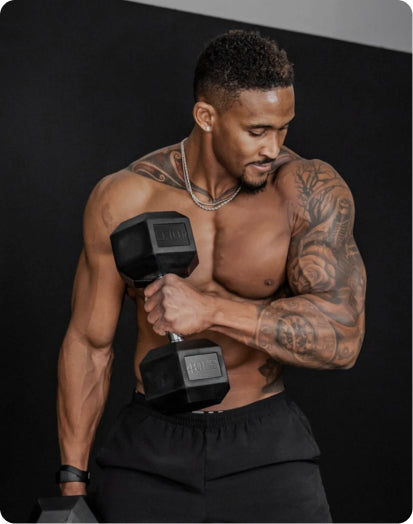
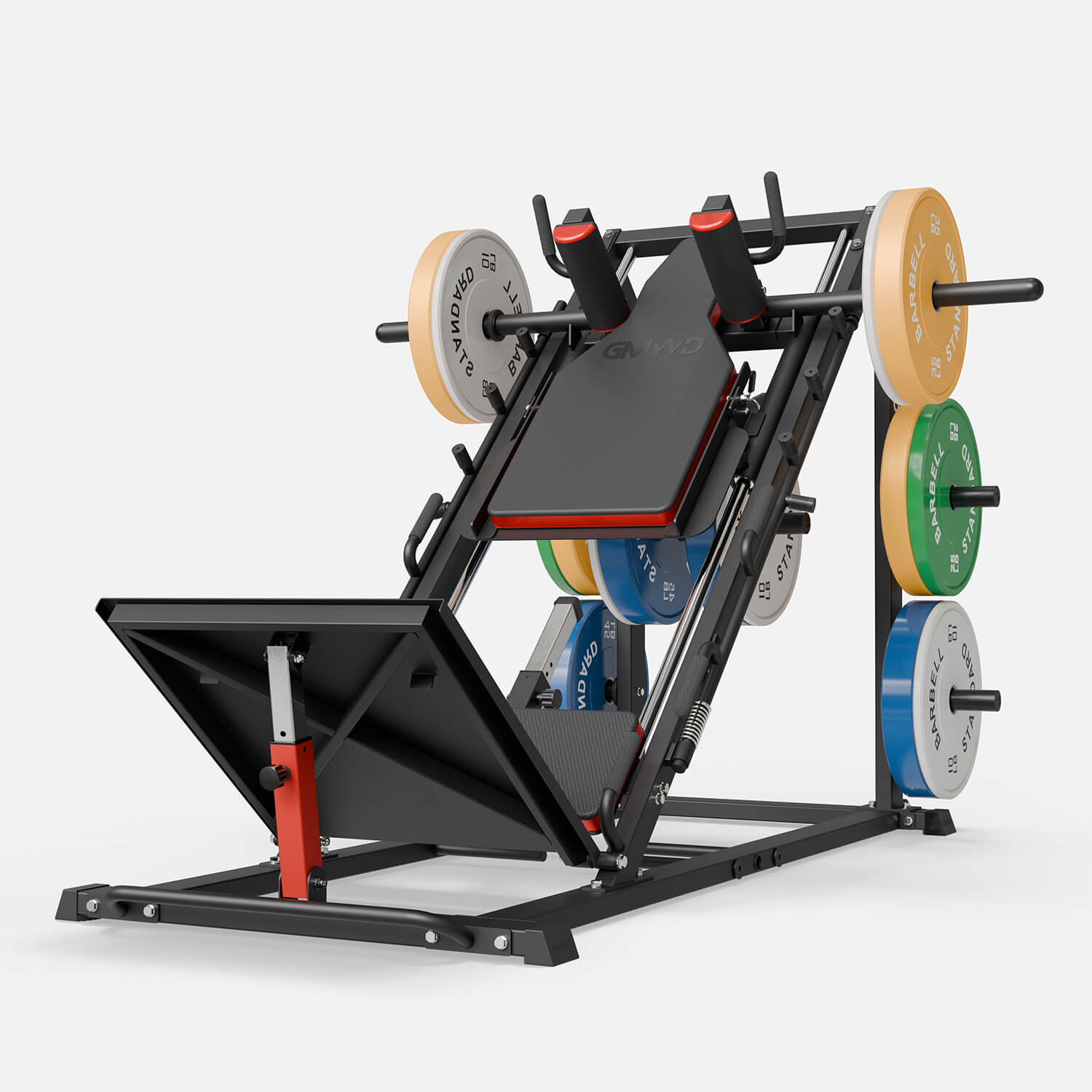
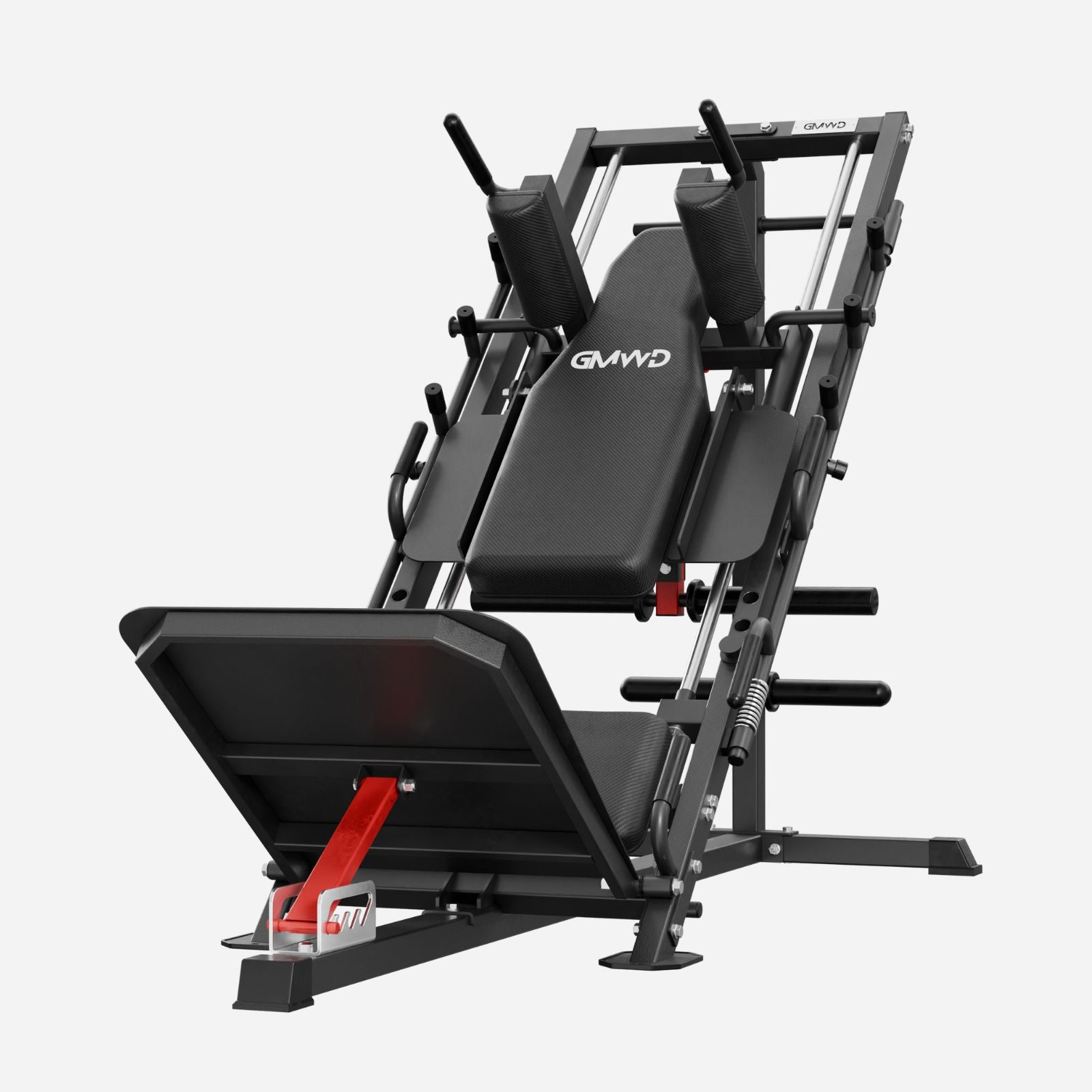

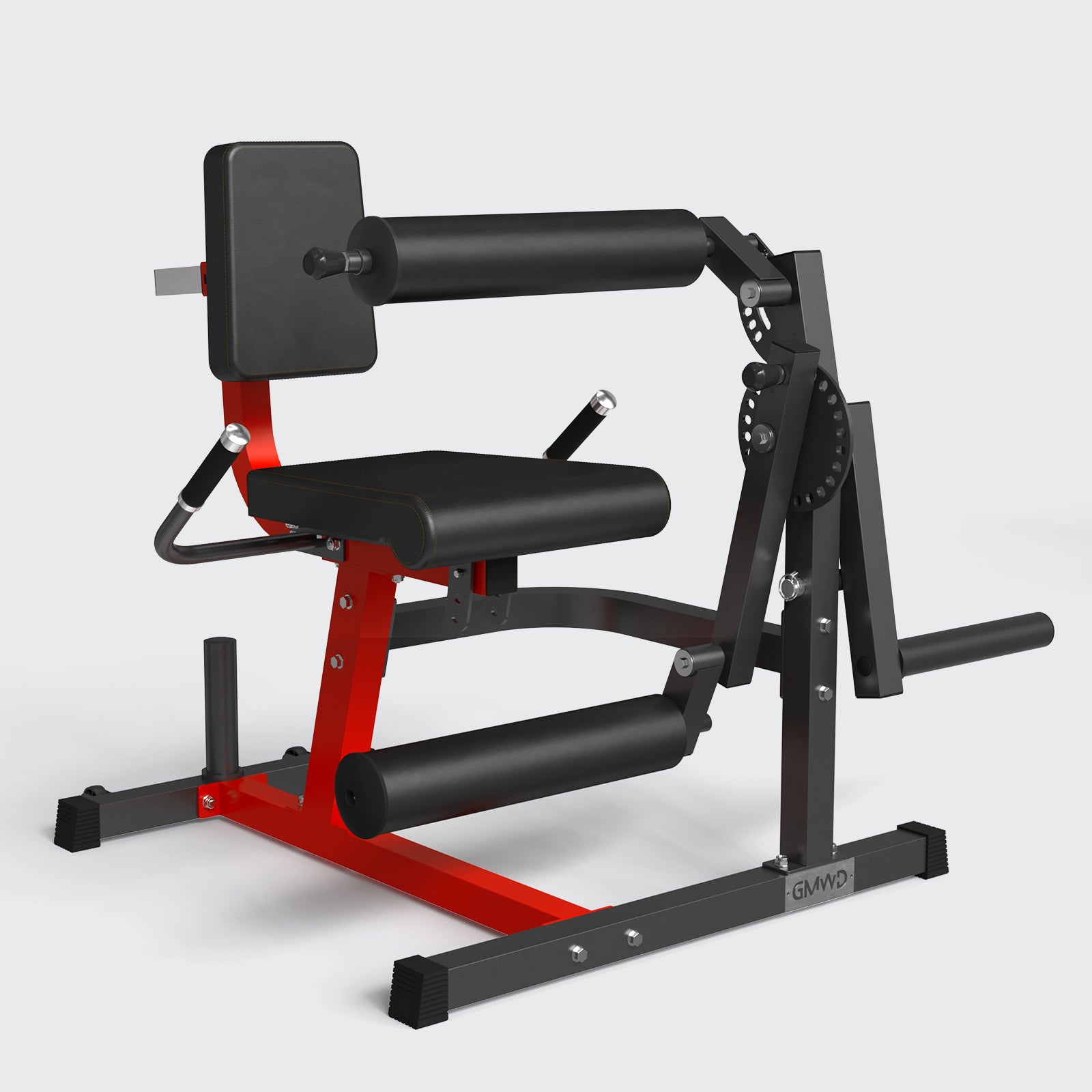
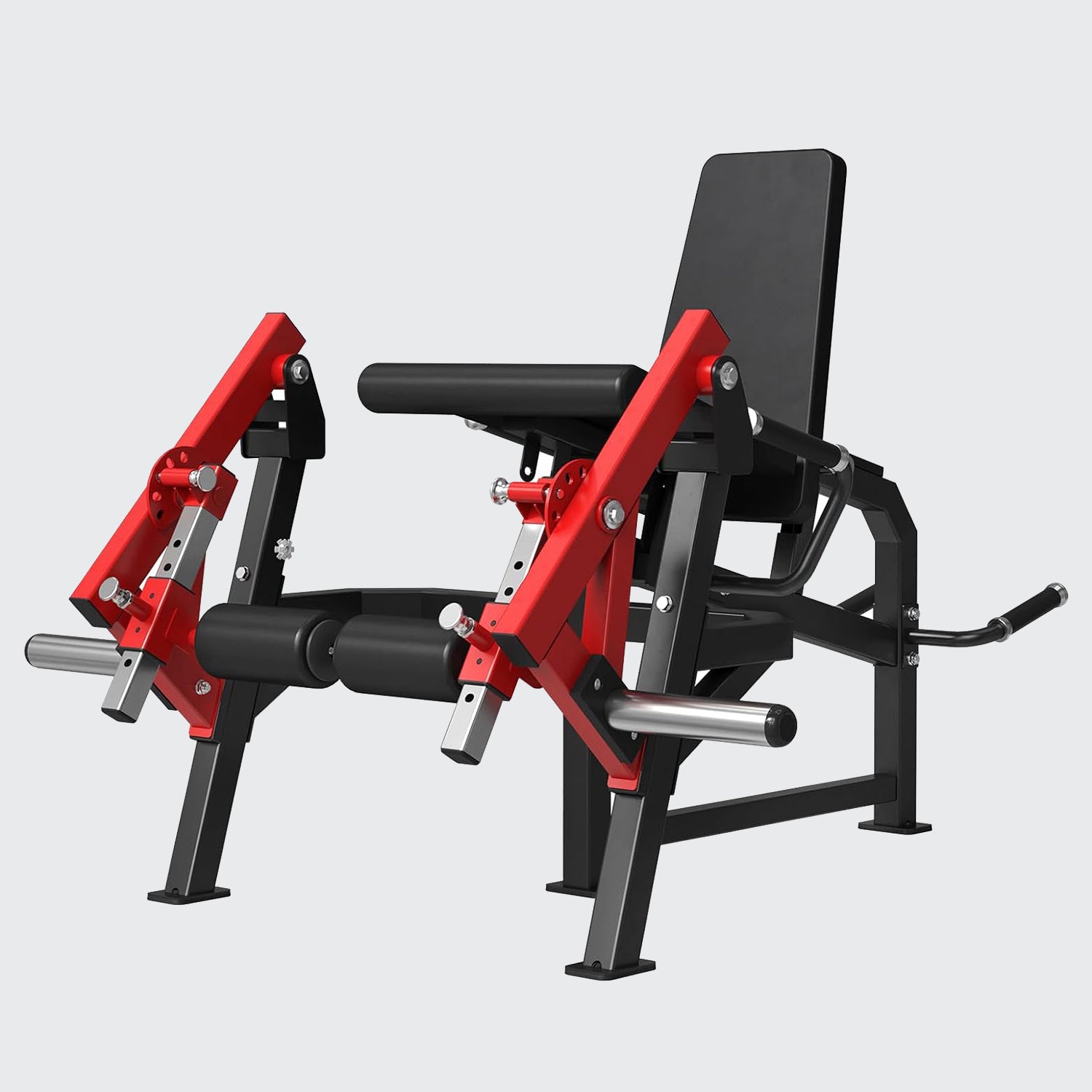
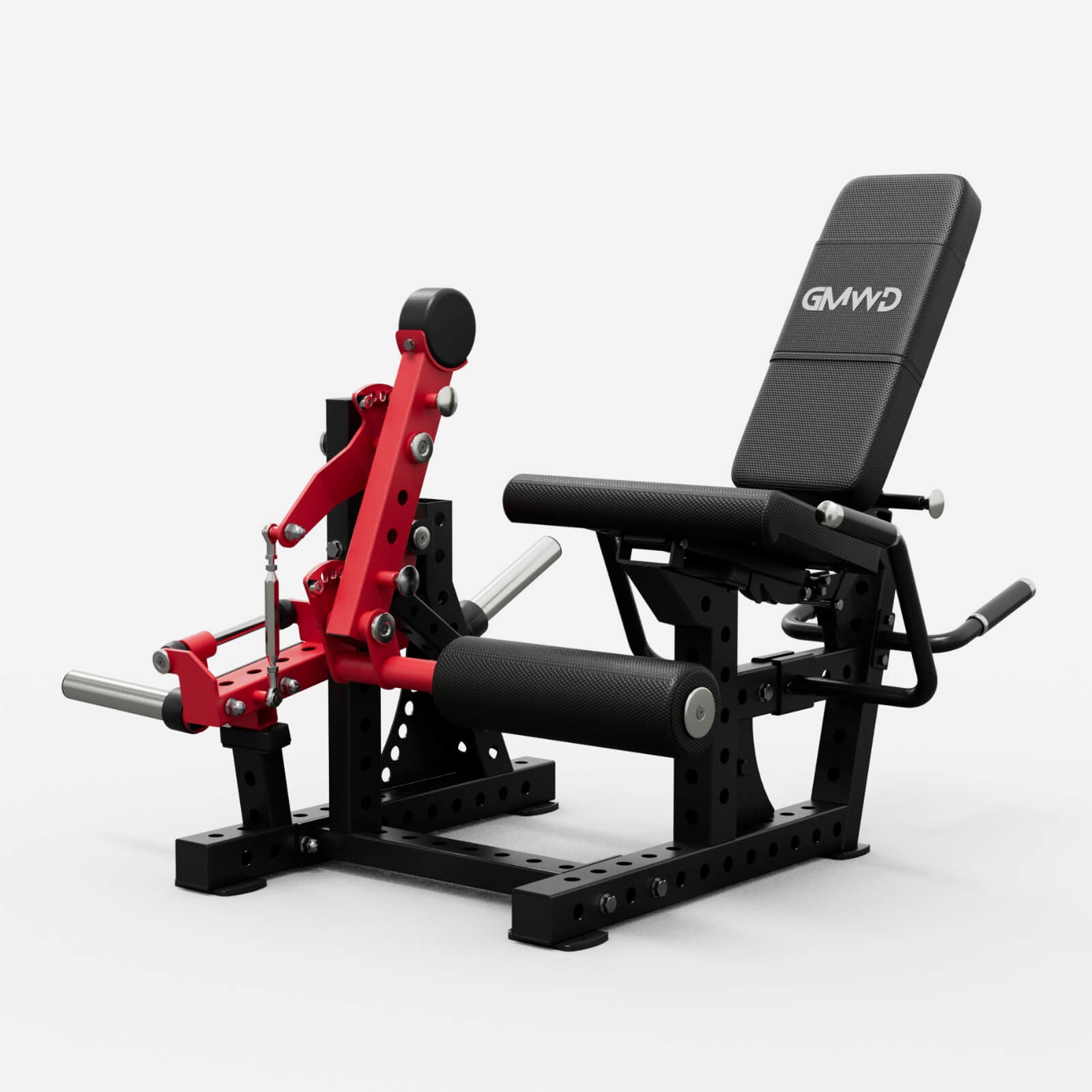
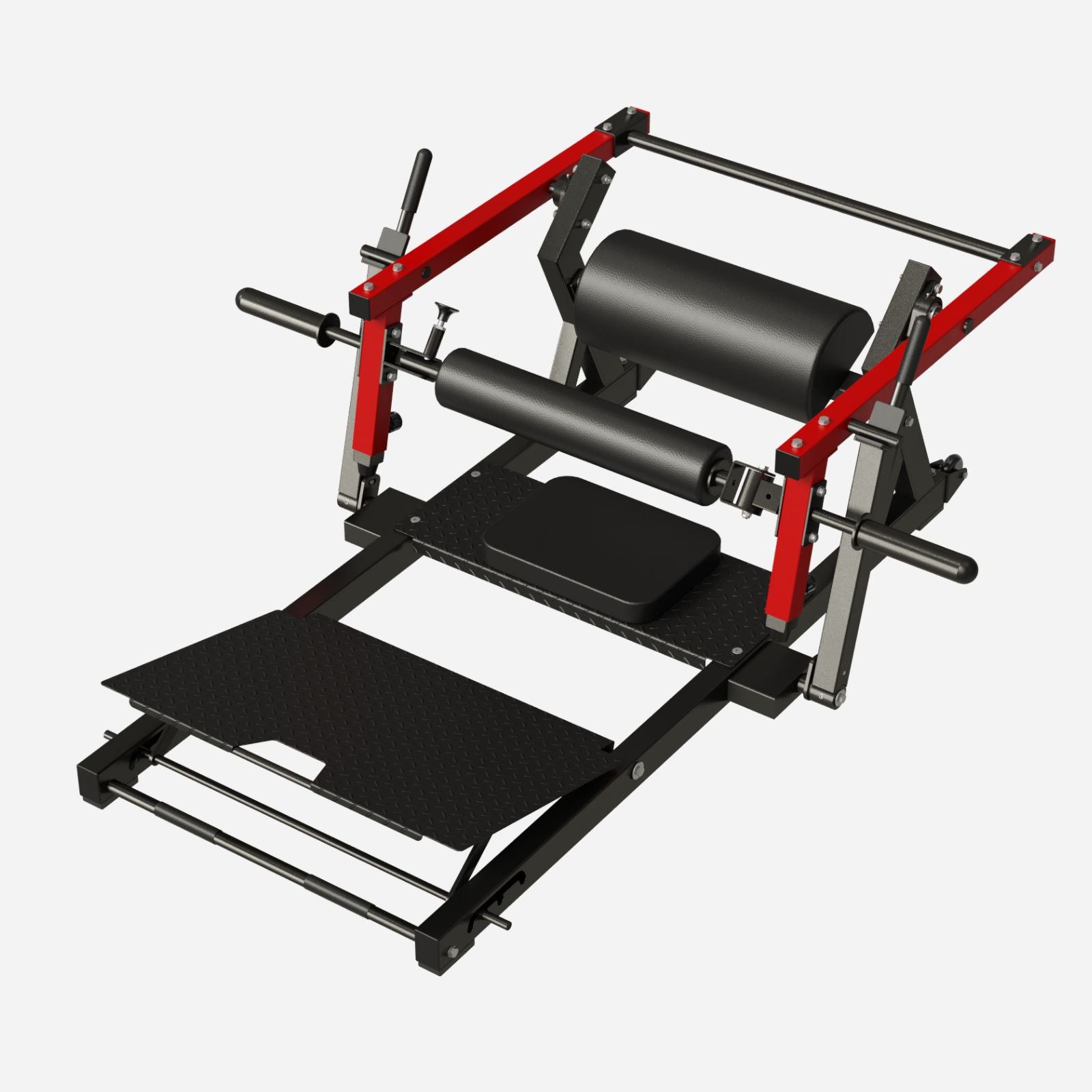
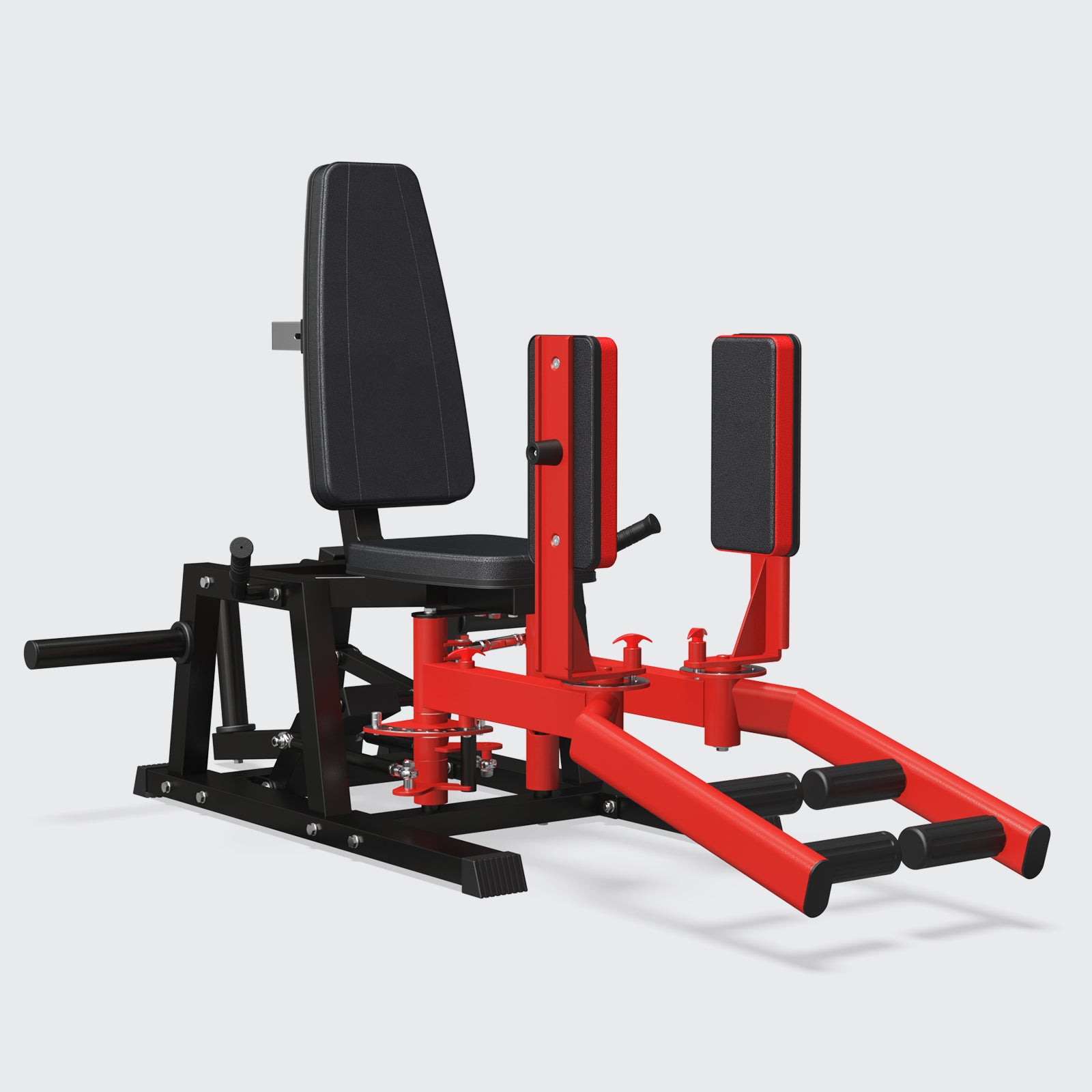
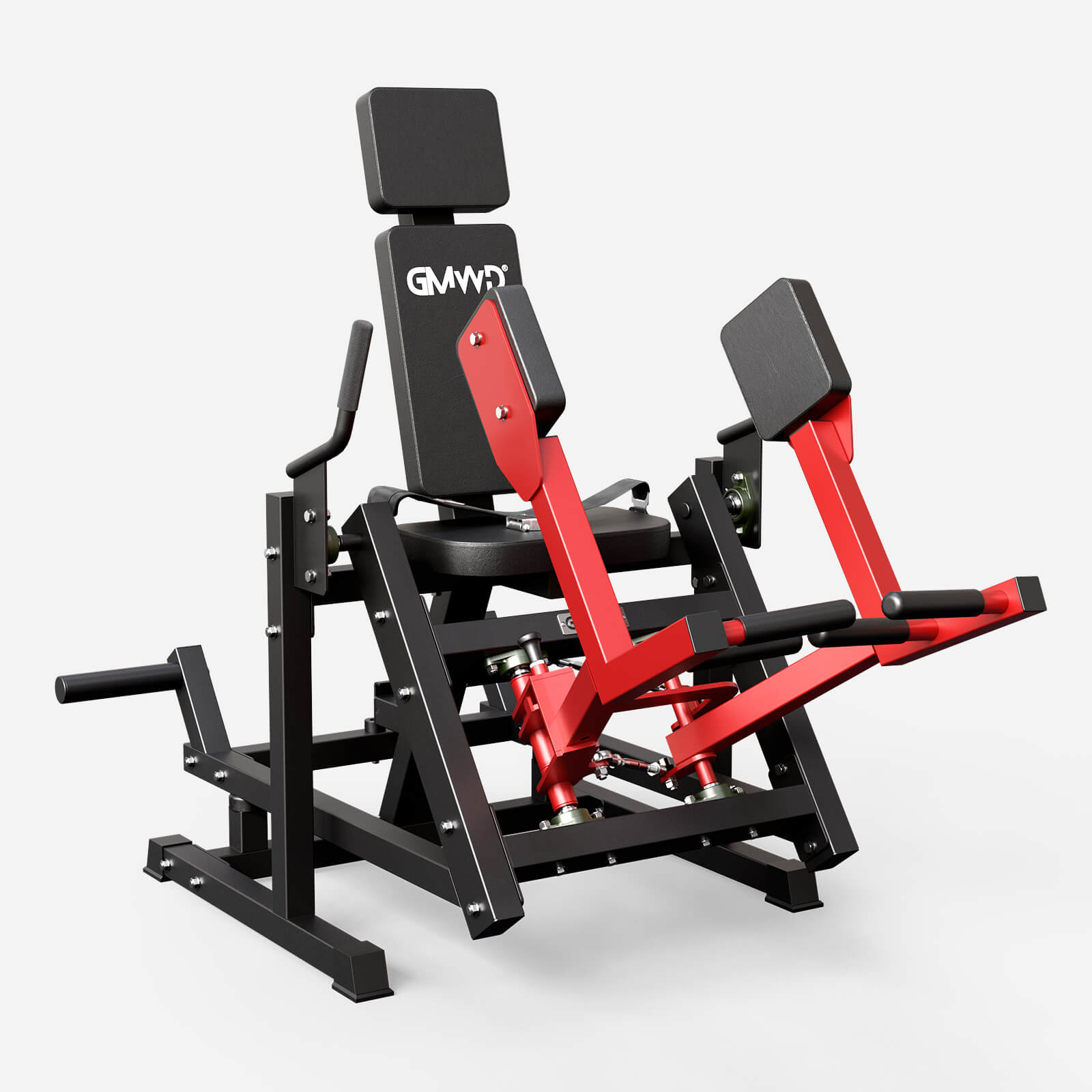
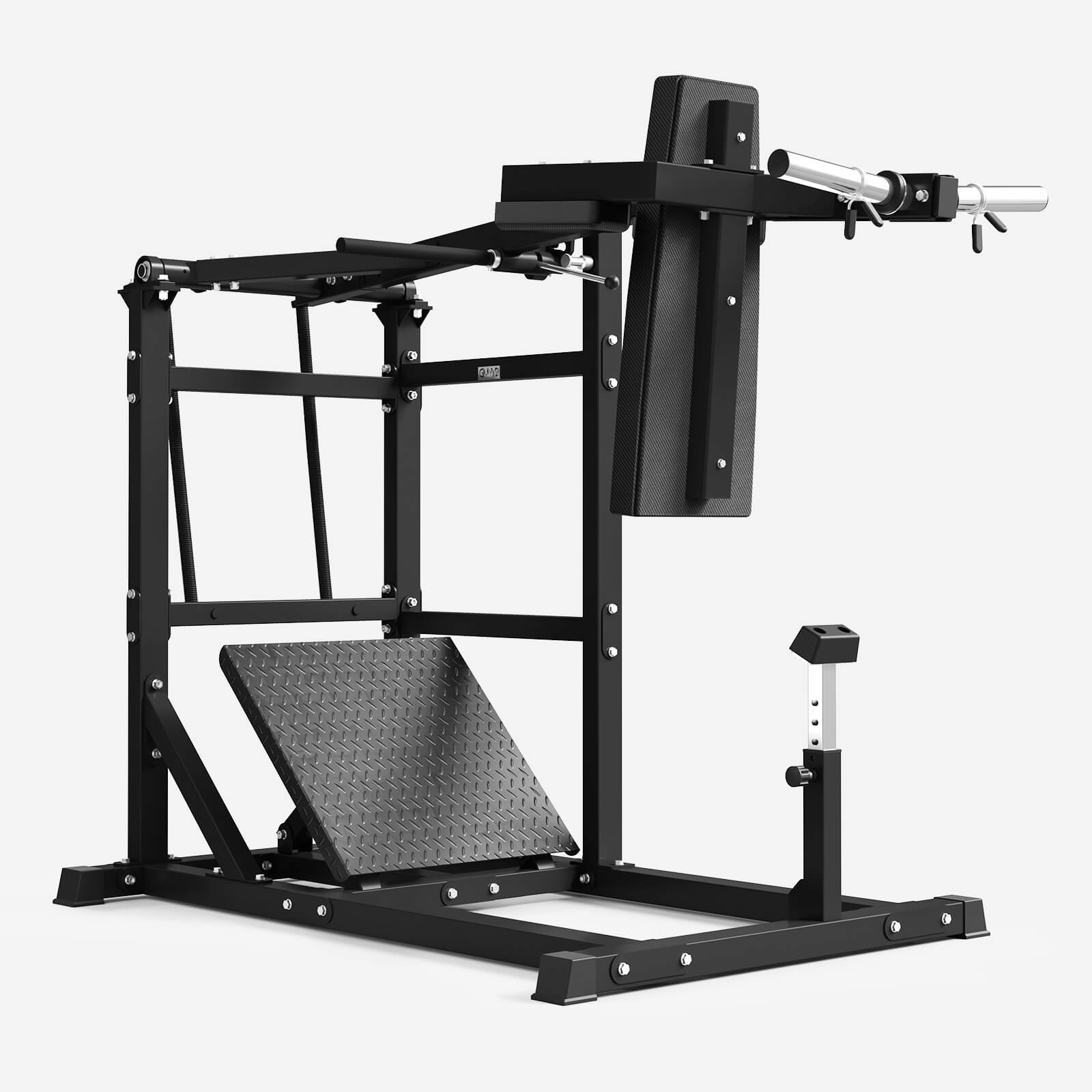
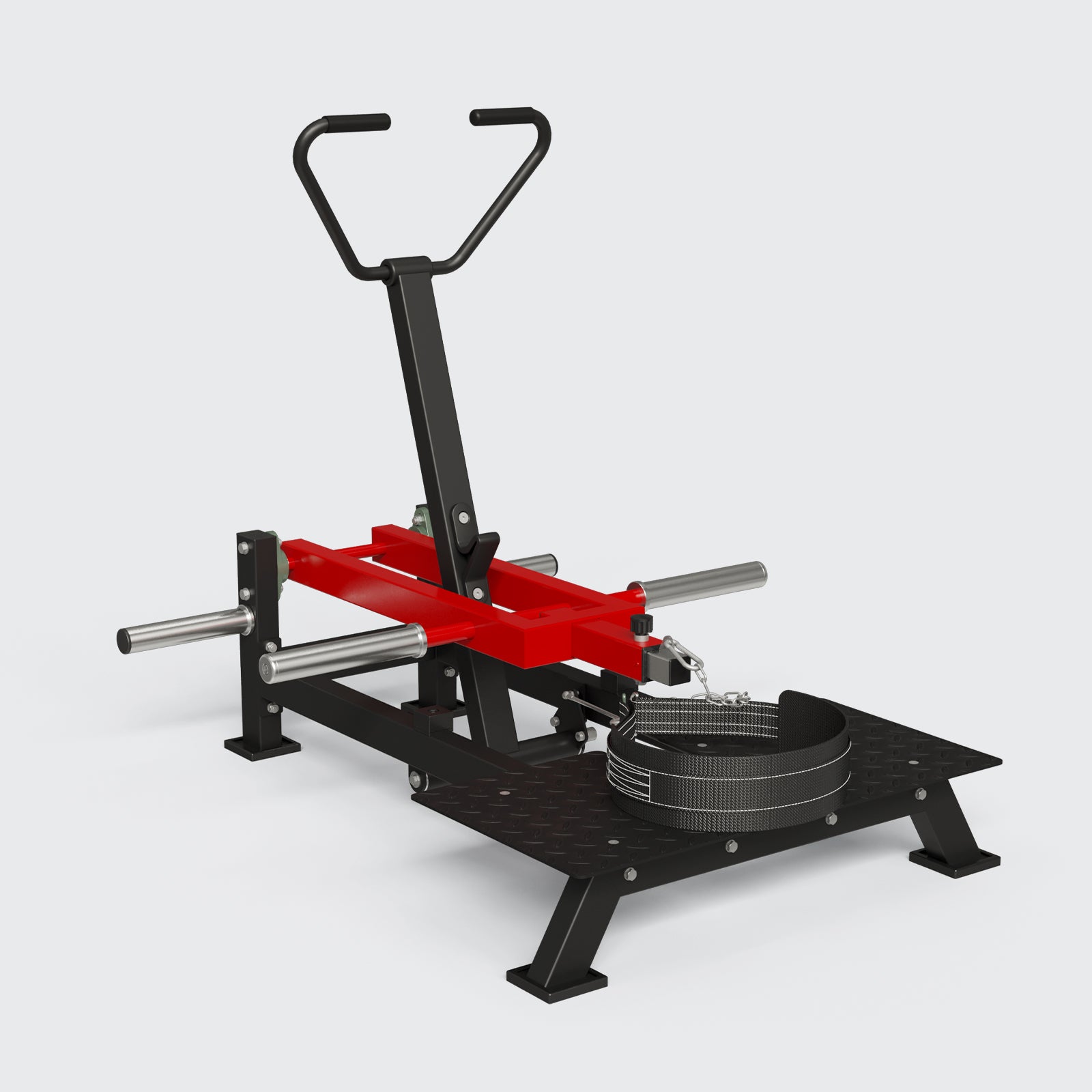
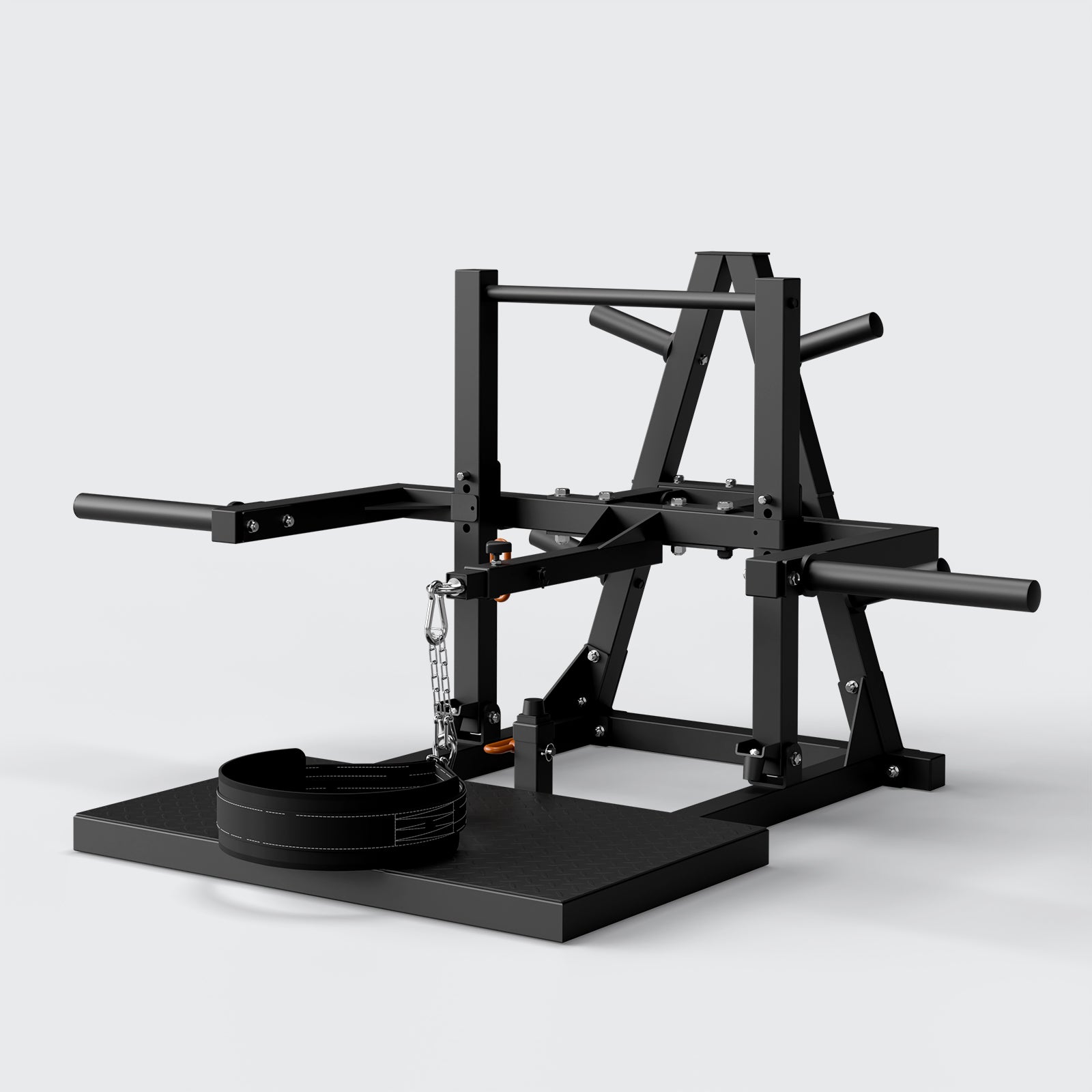
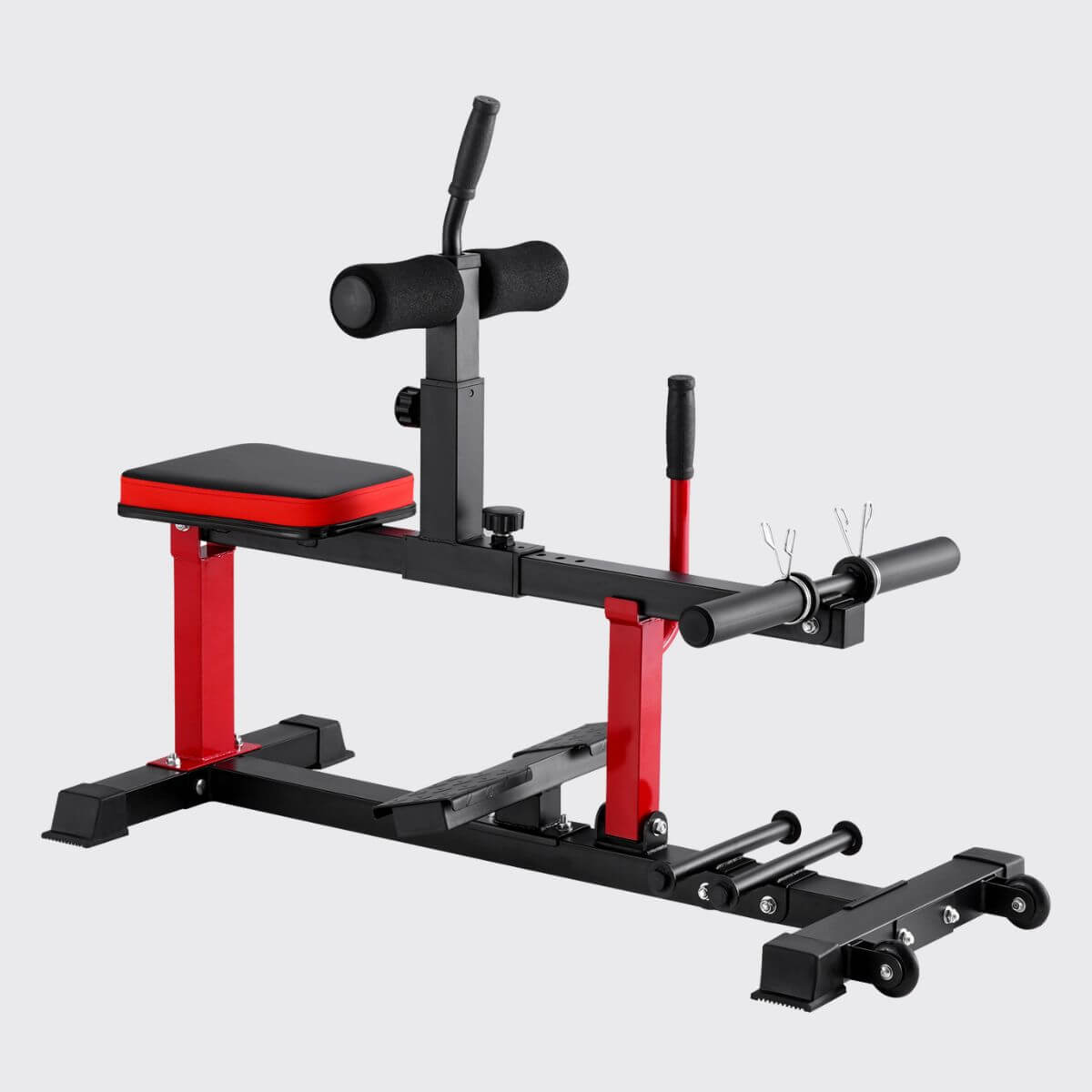
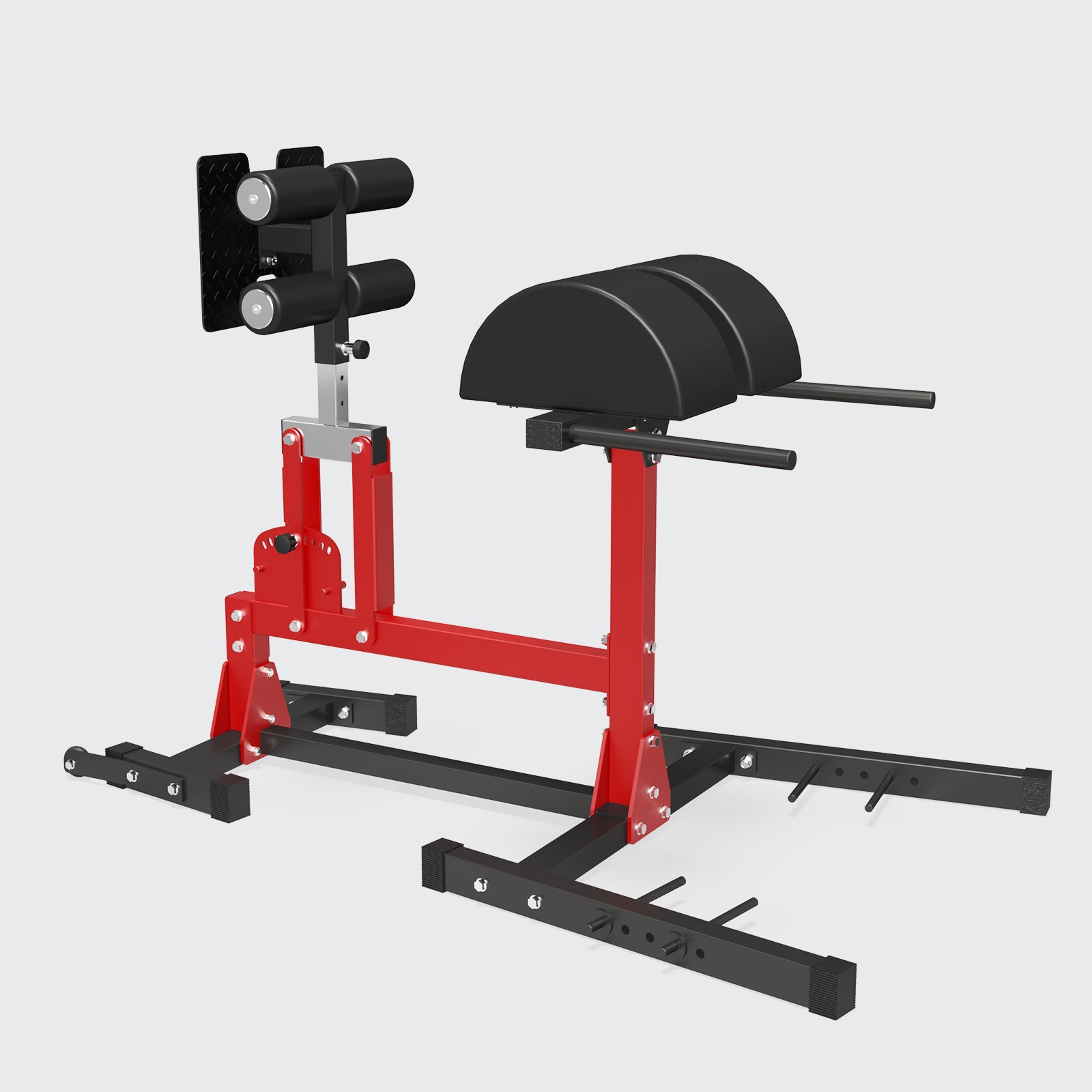
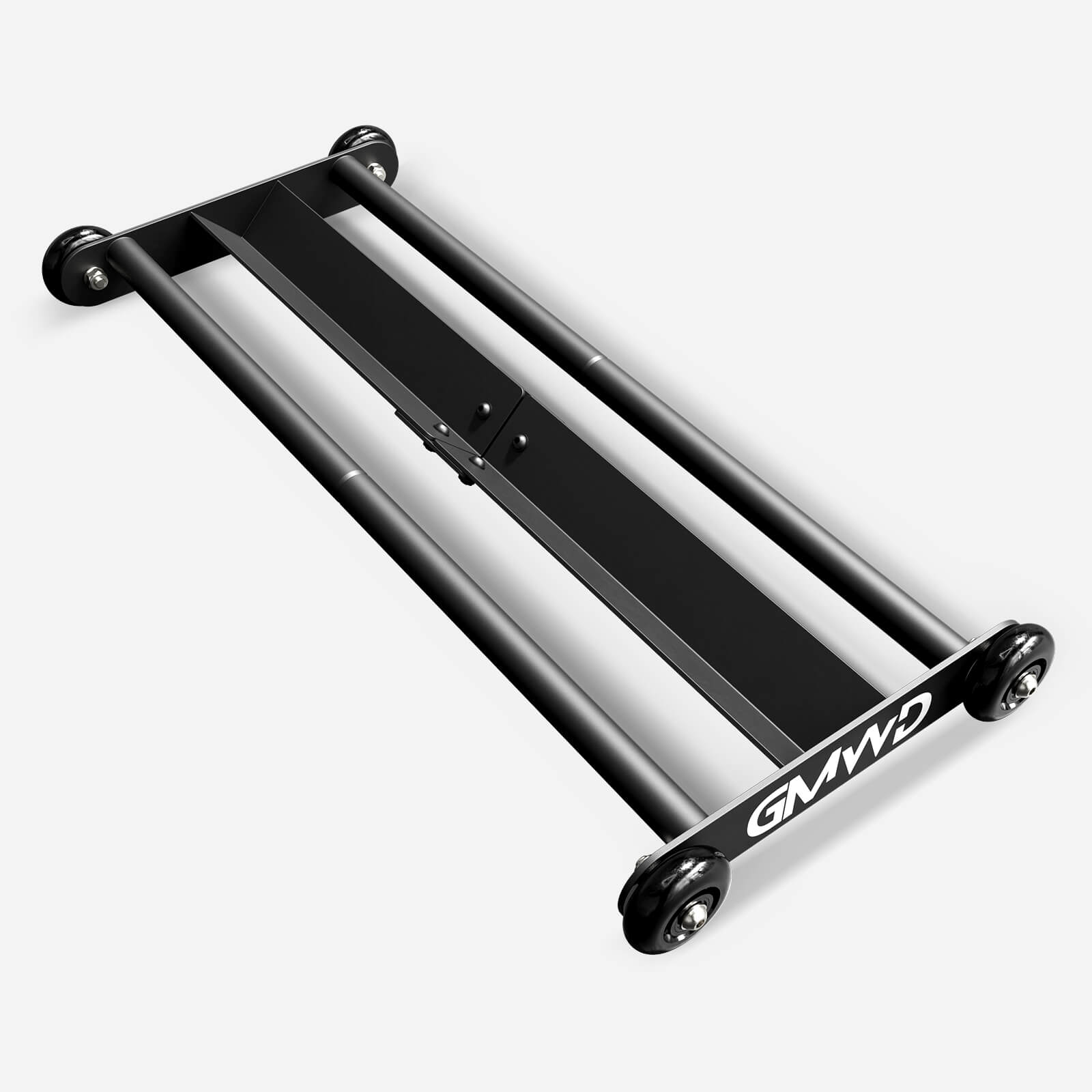
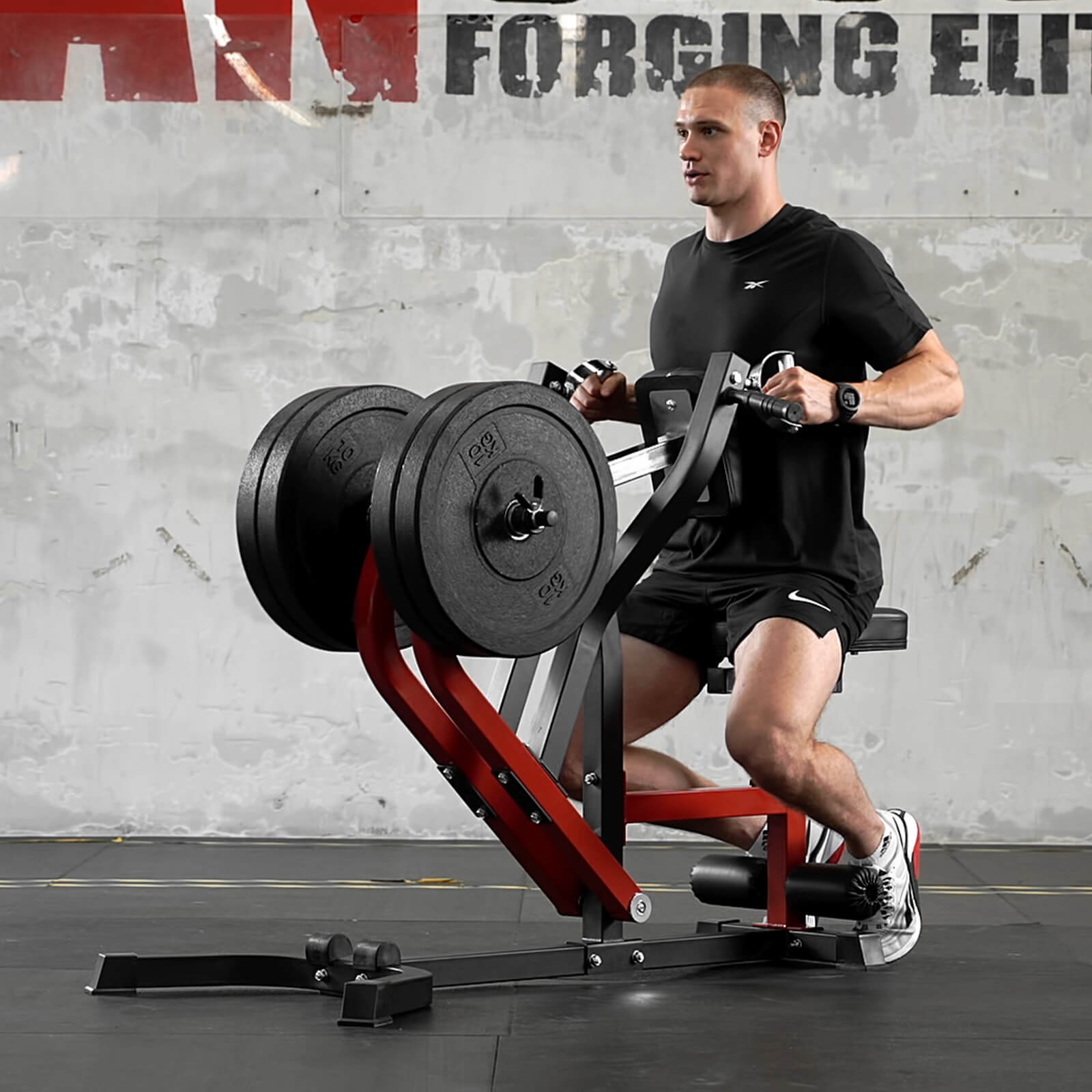
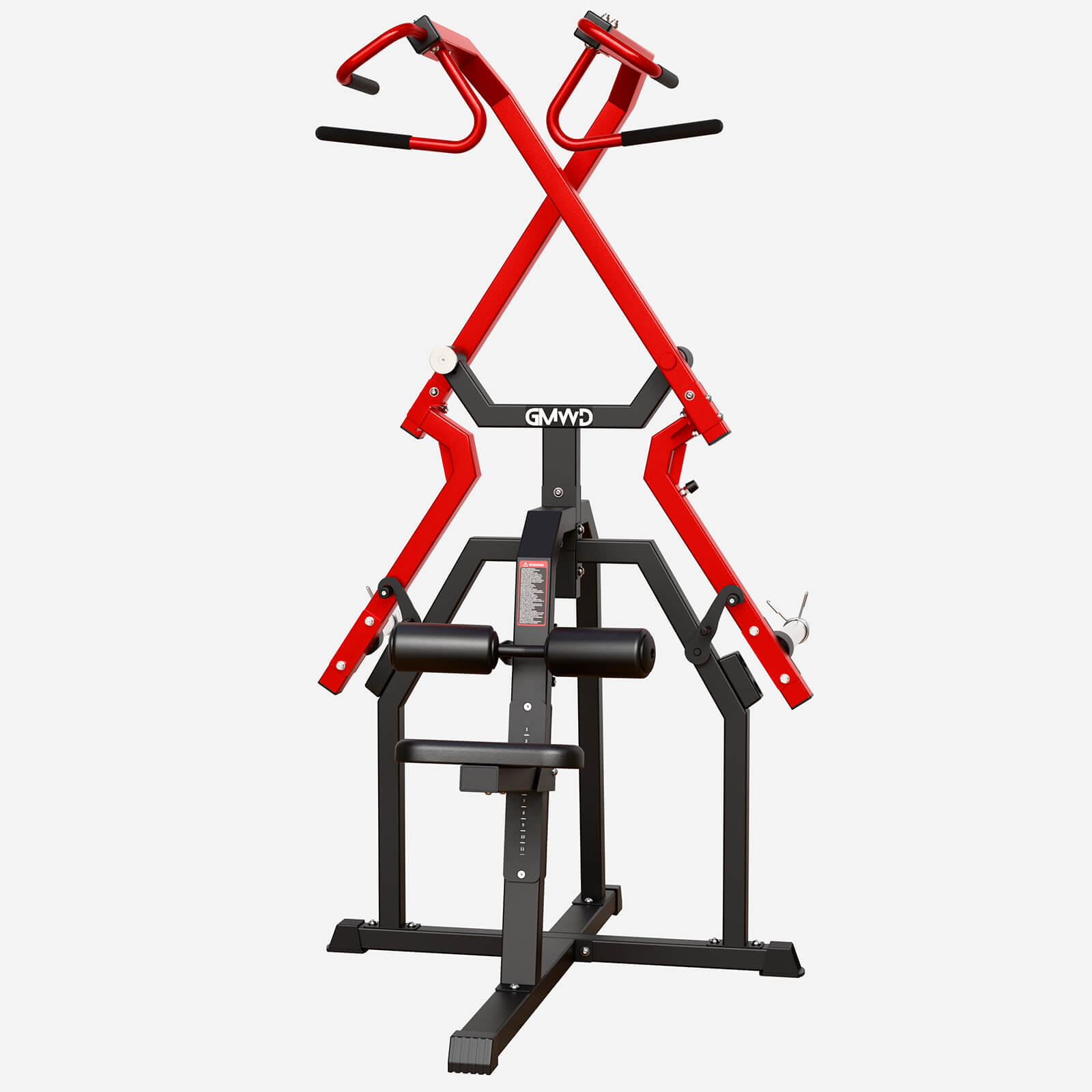
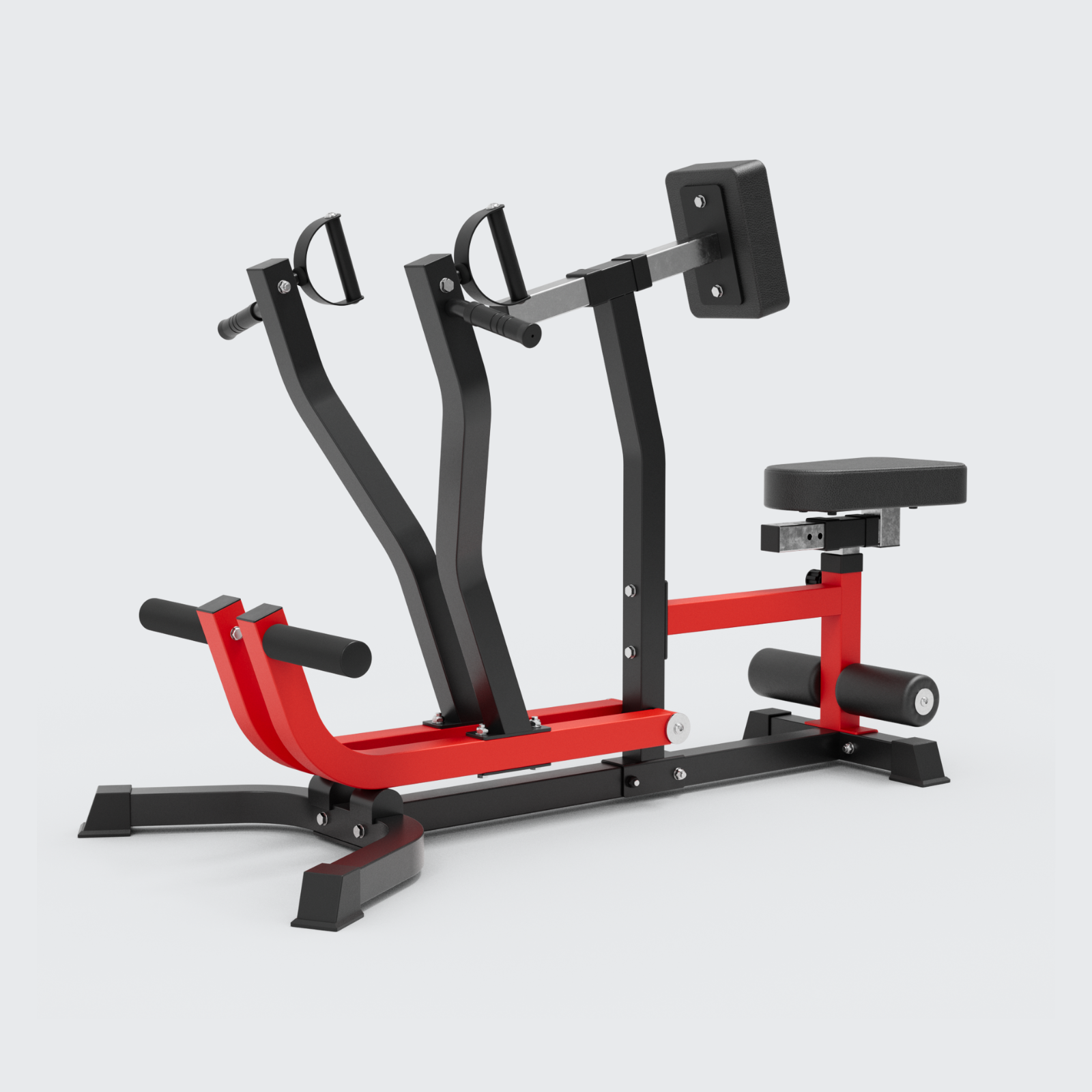
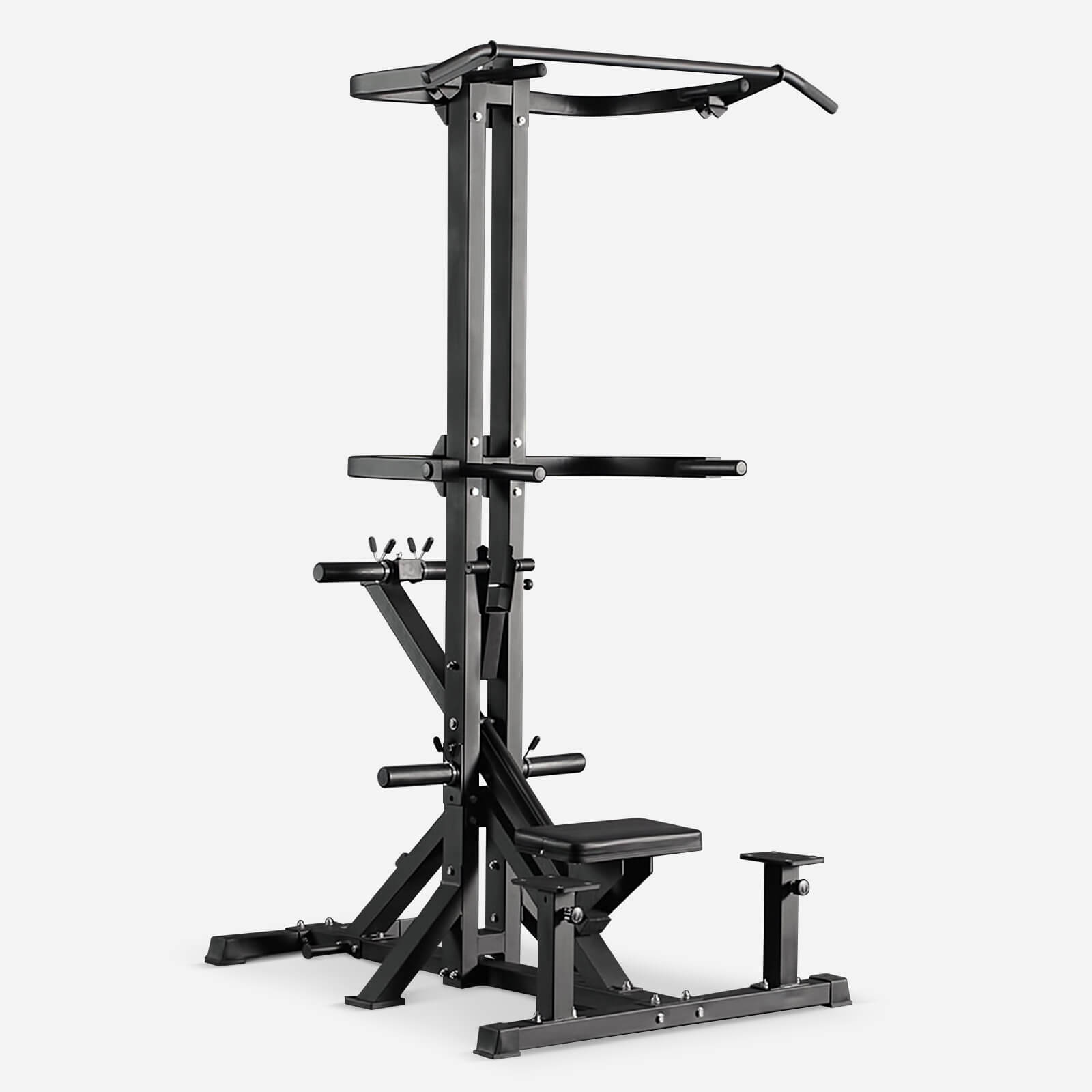

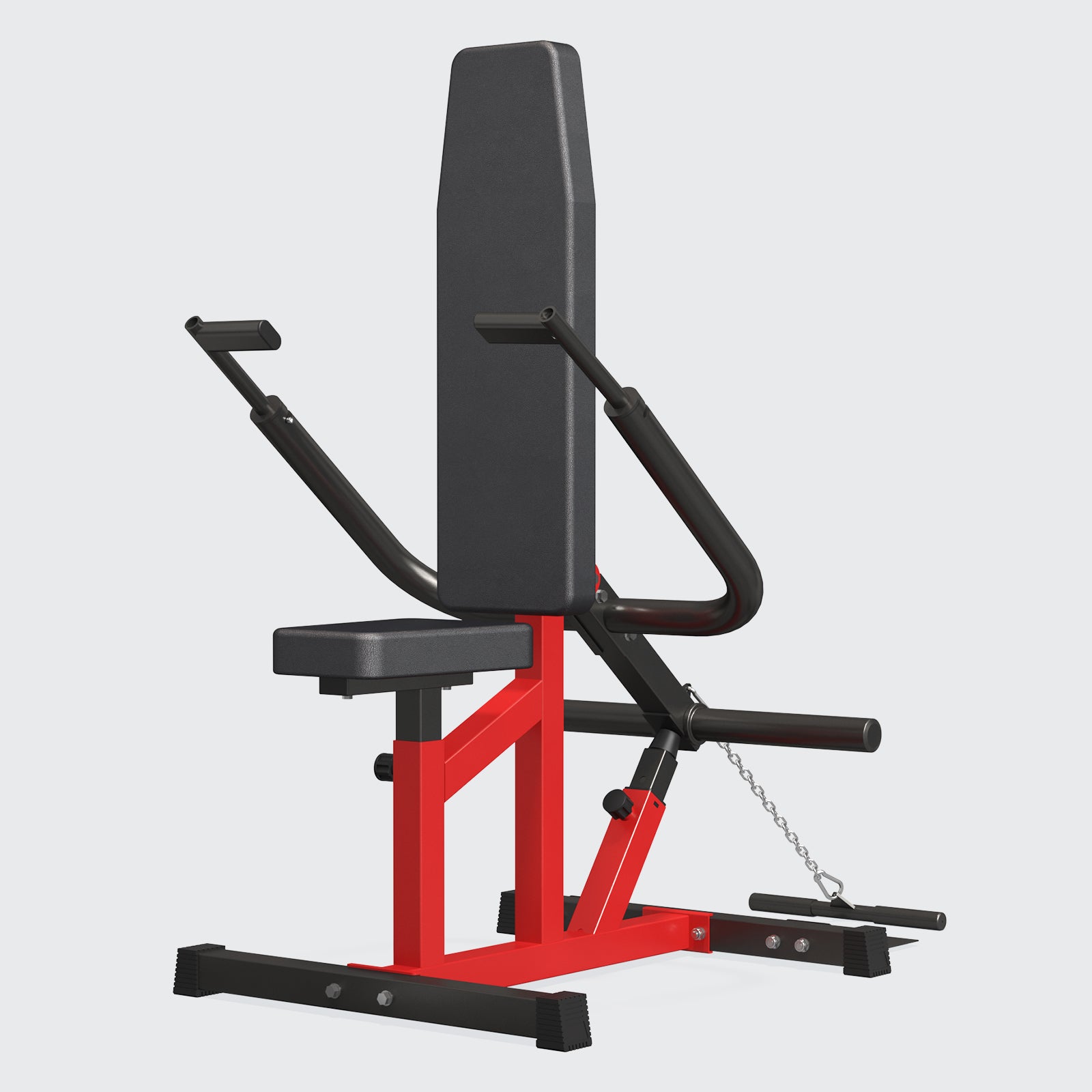
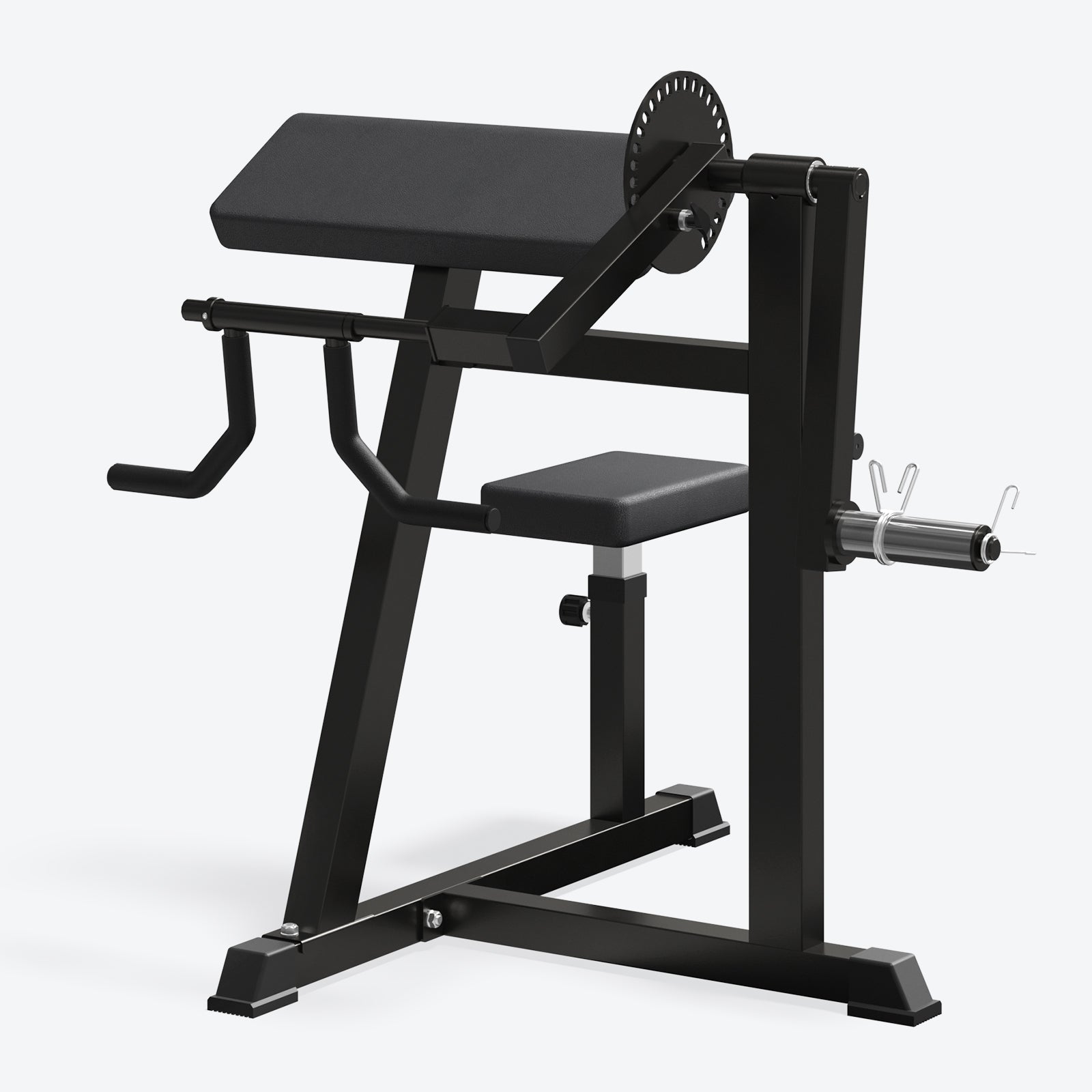
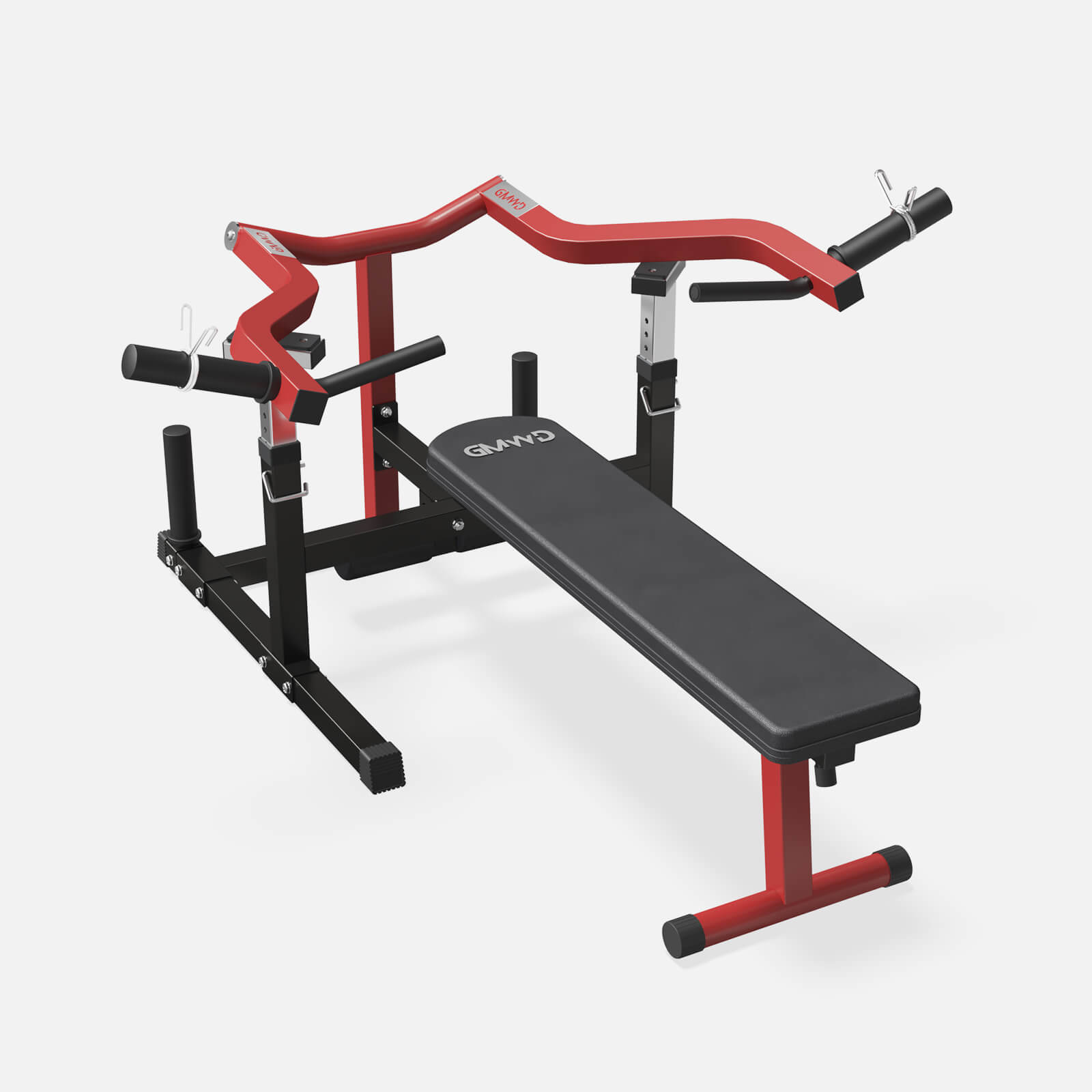
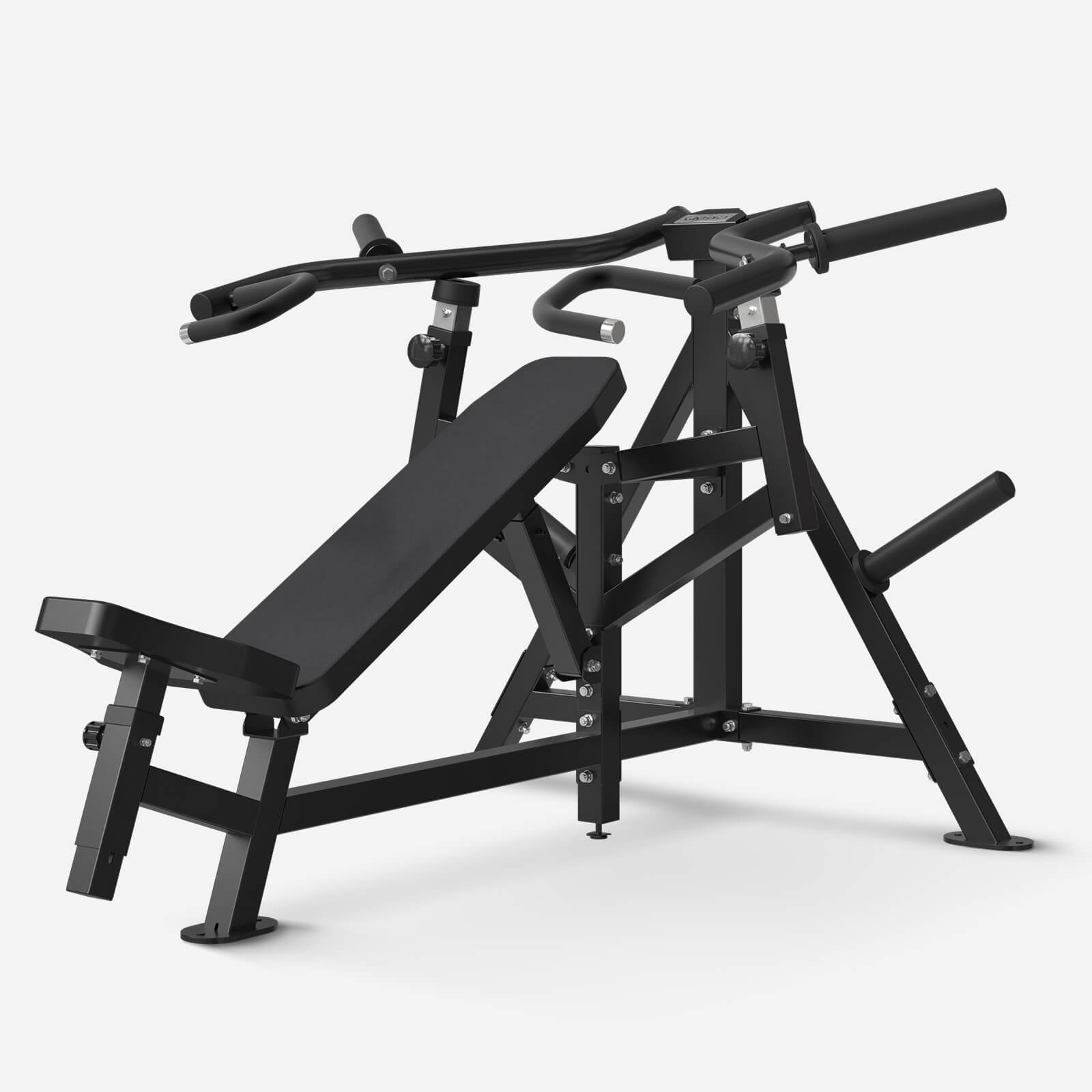
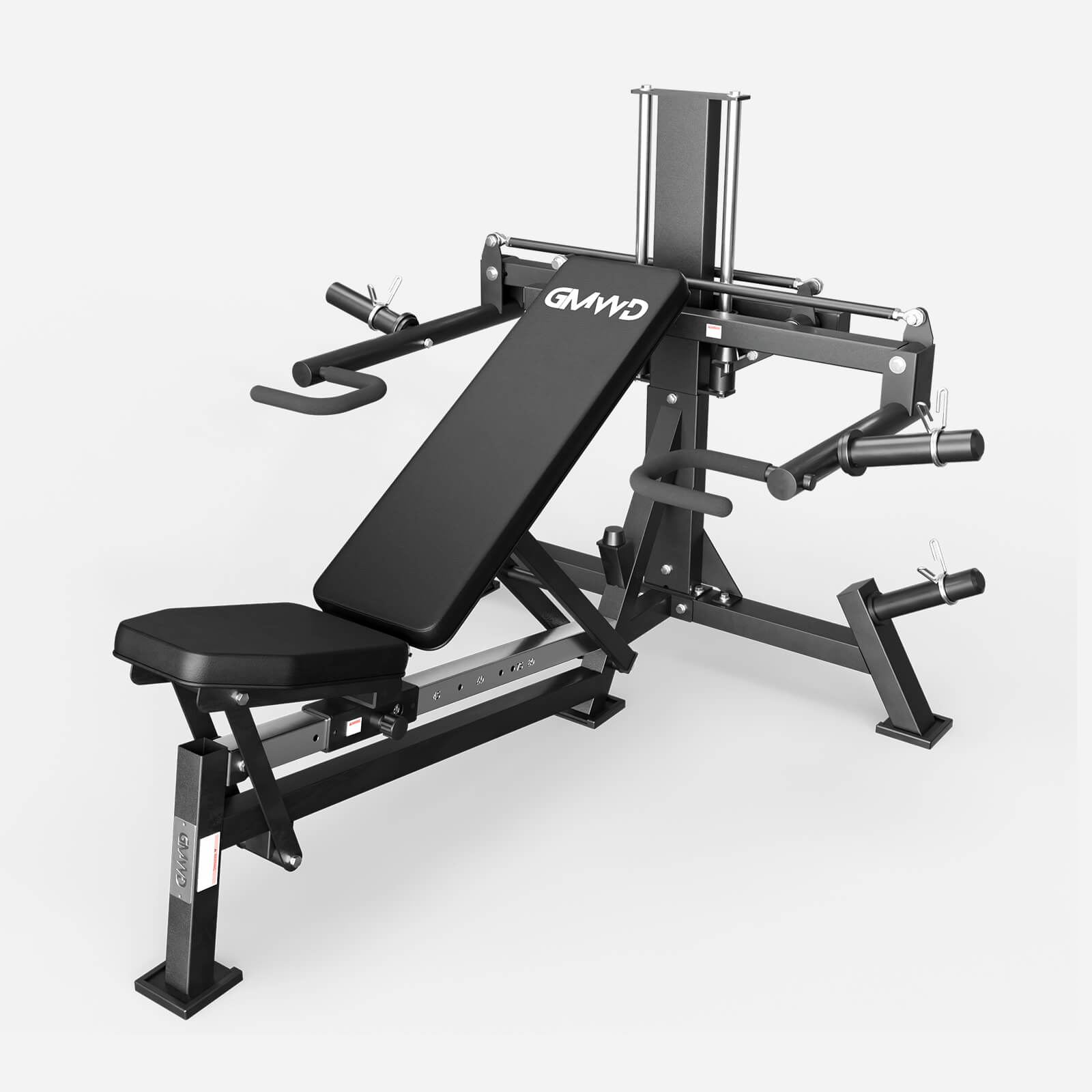
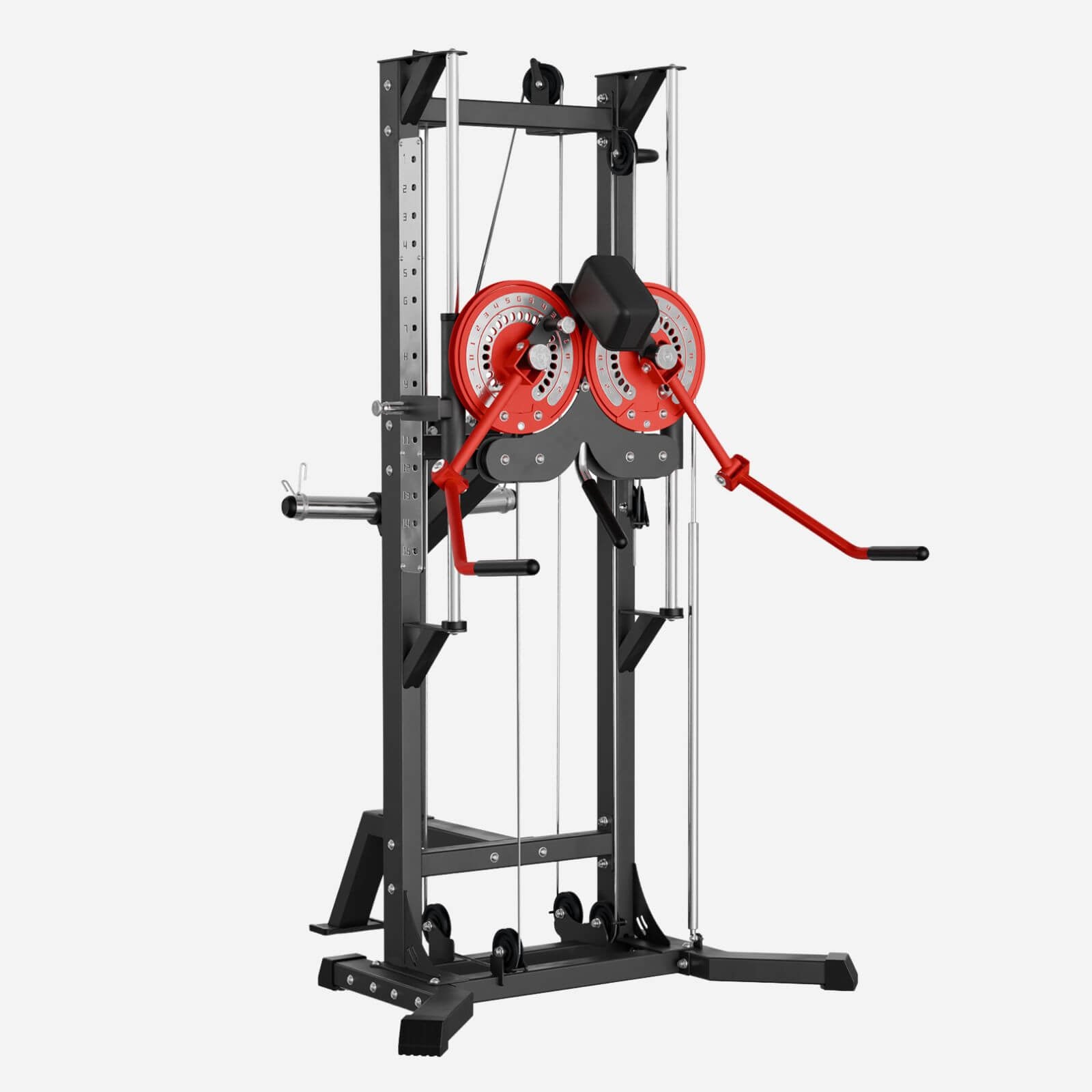
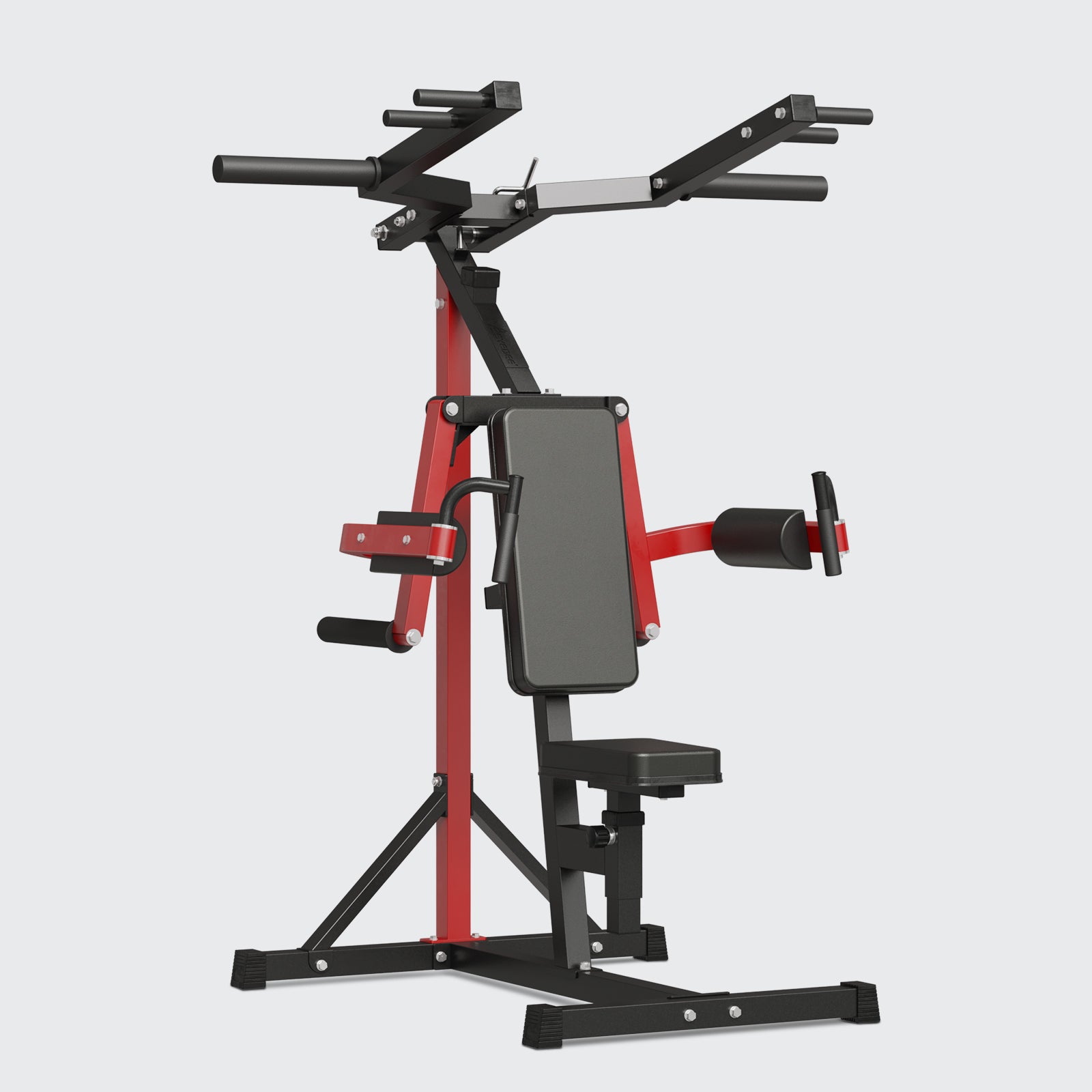
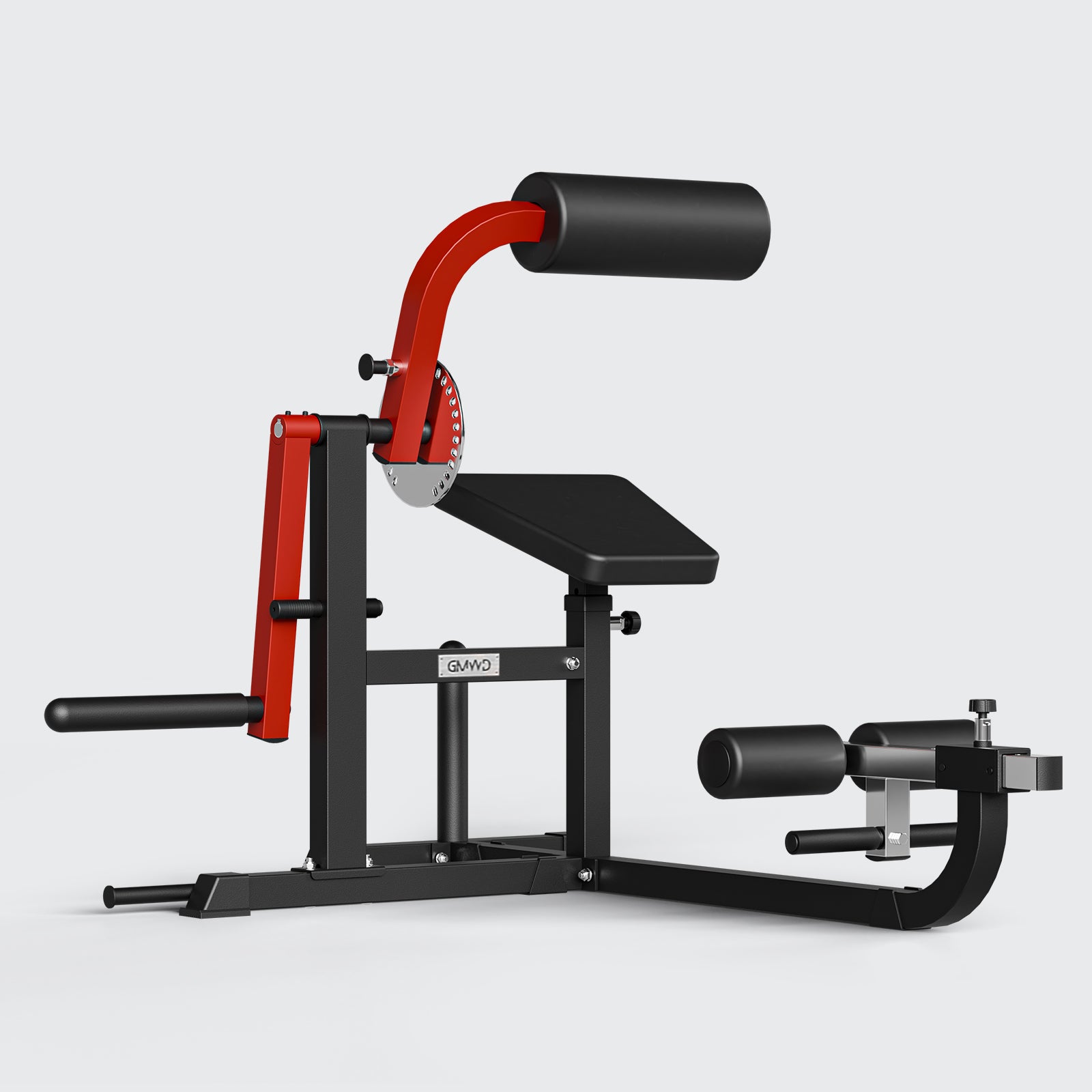
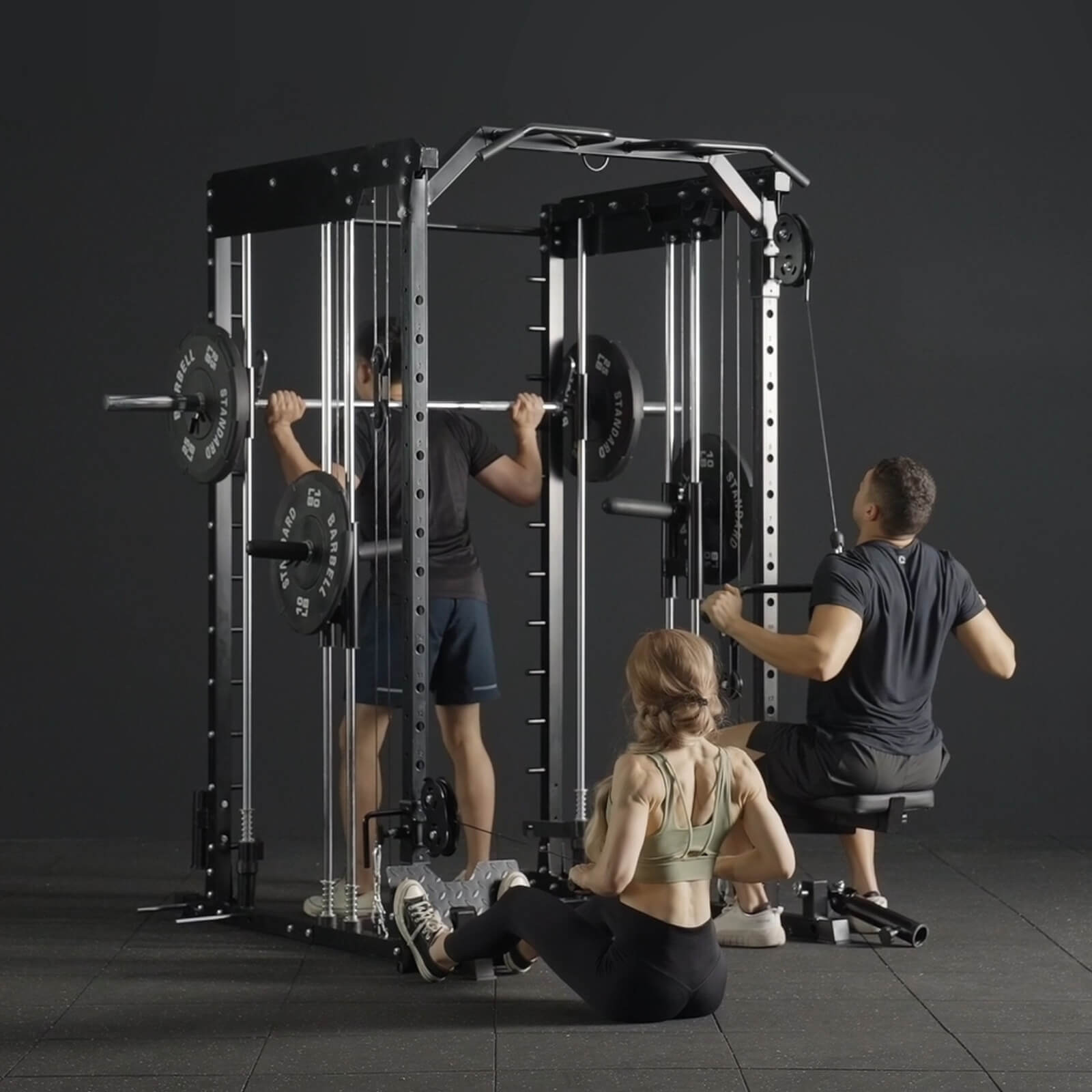
Leave a comment
All comments are moderated before being published.
This site is protected by hCaptcha and the hCaptcha Privacy Policy and Terms of Service apply.